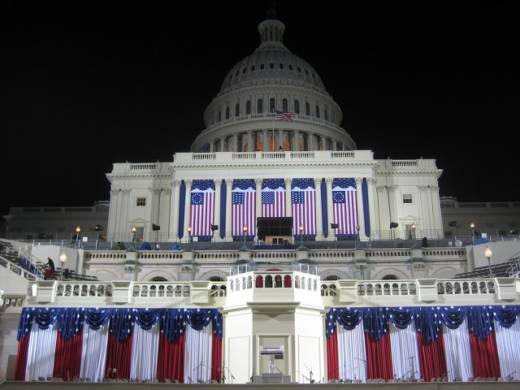President-elect Donald Trump’s campaign and subsequent election was inspired in part by widespread frustration with business as usual in Washington. But his first 100 days will be watched closely by insiders and outsiders alike, following a time-honored tradition that dates back to the Great Depression.
Presidents didn’t always have so much riding on their first 100 days, which span from Inauguration Day (January 20) through the end of April. It was President Franklin D. Roosevelt’s first 100 days that set the gold standard–and the 100-day clock ticking for subsequent presidents. FDR, who came into office in the depths of the Great Depression, managed to stop a run on the banks and push 15 bills through Congress in his first 100 days, many aimed at getting people back to work, boosting regional economic development and restoring faith in the banking system. It’s a hard act to follow.
During the election, your students may have focused on an issue that meant a lot to them, or they may have tackled a variety of issues. We recommend asking students to choose one issue to follow through the first 100 days, using these or other resources.
President-elect Trump’s first 100 days plan
This document from the Trump transition team outlines the goals for the administration’s first 100 days. The two-page document can also be used to discuss the powers of the executive branch vs. the legislative branch. The first page details policies that primarily fall within the executive branch. The second page describes the ways Trump hopes to work with Congress.
KQED’s The Lowdown: President Trump’s First 100 Days
This post examines key issues from the campaign that the Trump administration and Congress plan to address between now and April 30.
